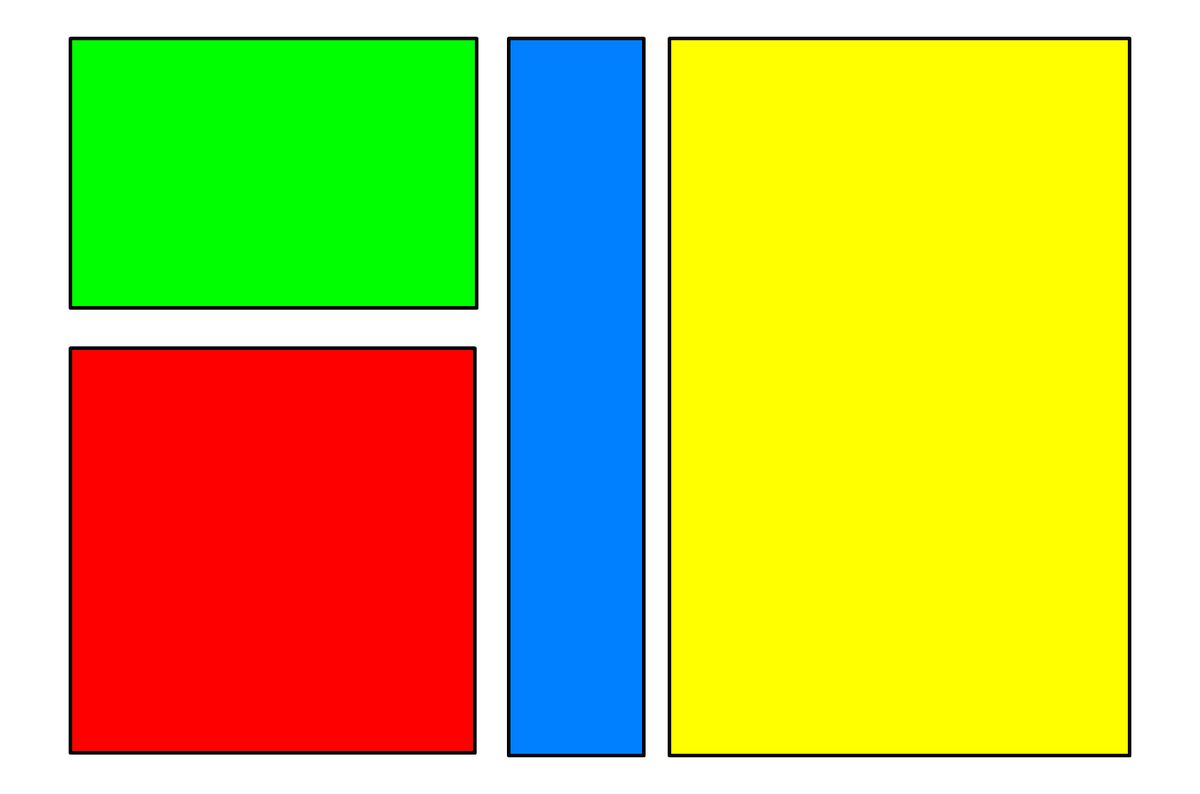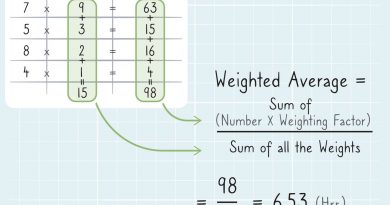What Are Rectangles

Rectangles, also known as ranges, are patterns in which the price of an asset stays within an upper and lower limit. This price action creates a rectangular pattern that traders can identify and use for trading decisions.
To form a rectangle, the price must generate at least two swing lows near a similar level and two swing highs near a similar level. Once the support and resistance levels are determined, a rectangle can be drawn around the price action.
Traders have two main approaches when trading rectangles. They can either buy near the rectangle’s lows and sell near the highs, or they can wait for a breakout of the pattern and trade in the breakout direction.
Understanding rectangles is crucial in technical analysis. They occur when the price moves sideways between resistance and support levels. Resistance is where selling tends to happen, while support is where buying tends to occur. These levels form naturally on price charts when buyers and sellers are uncertain about the asset’s long-term direction. The price moves within a rectangular pattern until buyers or sellers become dominant, causing a breakout.
Trading breakouts within a rectangle can be challenging. Traders cannot predict when a breakout will occur, and breakout traders are unsure if the breakout will continue in the specified direction. A breakout with higher volume is more likely to be legitimate and continue in the breakout direction. On the other hand, a breakout with low volume indicates a false breakout, with the price moving back inside the rectangle.
To recognize rectangles on a chart, traders must look for at least two swing lows and two swing highs near the same level, allowing them to draw a rectangle. They can then decide whether to wait for a breakout or trade near the support and resistance levels.
Rectangles differ from consolidations, which are smaller patterns. Rectangles cover larger price areas and last longer, while consolidations cover smaller price areas and don’t last as long because the price easily breaks out of the compressed area.
Using rectangles has limitations. The highs and lows of the rectangle may not be precise, making it difficult to determine the breakout point. The price may not reach the edges of the rectangle in future attempts and could form a smaller rectangle or another pattern within the rectangle. Breakouts may not move as expected or may not travel far enough.
False breakouts are common and can affect both breakout traders and traders within the pattern. Some traders wait for a false breakout before entering a trade.
To trade rectangles effectively, incorporating trend analysis and other technical indicators can assist in decision-making. These additional tools can enhance trading strategies and increase the likelihood of successful trades.



